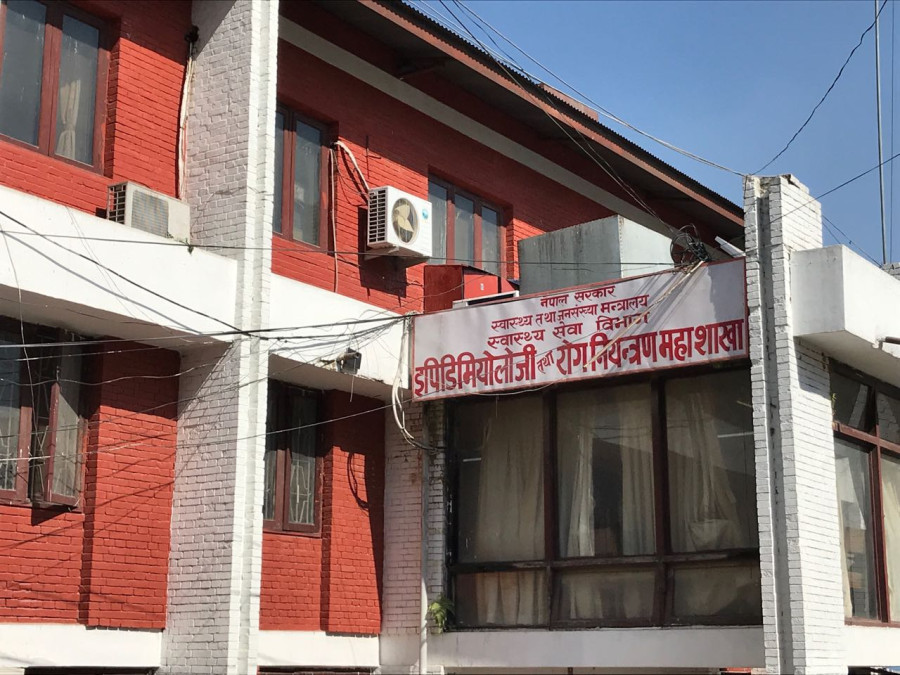Health
Elephantiasis survey planned in 12 districts in mountains
The 2020 deadline to eliminate the disease has been extended to 2028.
Arjun Poudel
The Epidemiology and Disease Control Division has been preparing to carry out transmission assessment surveys for lymphatic filariasis in mountainous districts to assess the prevalence of the disease in those areas.
Lymphatic filariasis, generally known as elephantiasis in Nepal, is a mosquito-borne parasitic disease. The disease caused by filarial worms is transmitted by different species of mosquitoes, including Culex, Anopheles, and Aedes.
“We will collect blood samples of 300 people from each of the 12 mountainous districts and see if the people of the area are infected with the disease or not,” Lila Bikarm Thapa, a senior public health administrator, at the division, told the Post. “We will launch a mass drug administration programme in the area if the study shows a high prevalence of the disease.”
Doctors say the disease may be acquired during childhood whereas its visible manifestation may occur only later in life. The disease can lead to temporary or permanent disability, pain, and social stigma. “So far we have not studied the prevalence of the disease in the mountainous districts,'' Thapa added.
To eliminate the disease, the Ministry of Health and Population launched a mass drug administration programme in 2003. Under the programme diethylcarbamazine and deworming tablet, albendazole is given to all healthy people above five years of age.
Five rounds of the mass drug administration programme was held in most of the districts and the disease has been so far controlled in 53.
However, in some districts, the disease has not come under control even after the 12 rounds of mass drug administration.
“We are going to launch a mass drug distribution programme in 12 district this year including in Bara and Kapilvastu, where we have already run the programmes 12 times,” Sishir Panta, an entomologist at Vector-Borne Disease Research and Training Center in Hetauda, told the Post, over the phone. “Due to the low coverage of the programme in some districts, we have been unable to achieve the target despite several additional rounds of medication campaigns.”
According to Panta, lack of awareness, rumors about side effects of medicines, and the prevalence of floating populations were among the reasons for poor coverage and failure of the programmes.
“We have started asking people to take the medicine in front of the health workers after the disease did not come under control even after seven-eight rounds of mass medication,” Panta added. “We found that people carried the medicine home but did not take it.”
The Health Ministry, which had committed to eliminating the disease by 2020, has extended the deadline to 2028 due to its failure to eliminate the disease in some districts.
Districts on which mass drug administration will launch from March 13 this year are Jhapa, Morang, Bara, Dhankuta, Lamjung, Baglung, Parbat, Kapilvastu, Dang, Banke, Bardia, and Kilali.
The World Health Organization has identified the disease as a major public health problem, with an increasing prevalence worldwide. Nepal is one of the 73 countries in the world, where lymphatic filariasis is endemic.




 9.12°C Kathmandu
9.12°C Kathmandu













%20(1).jpg&w=300&height=200)
